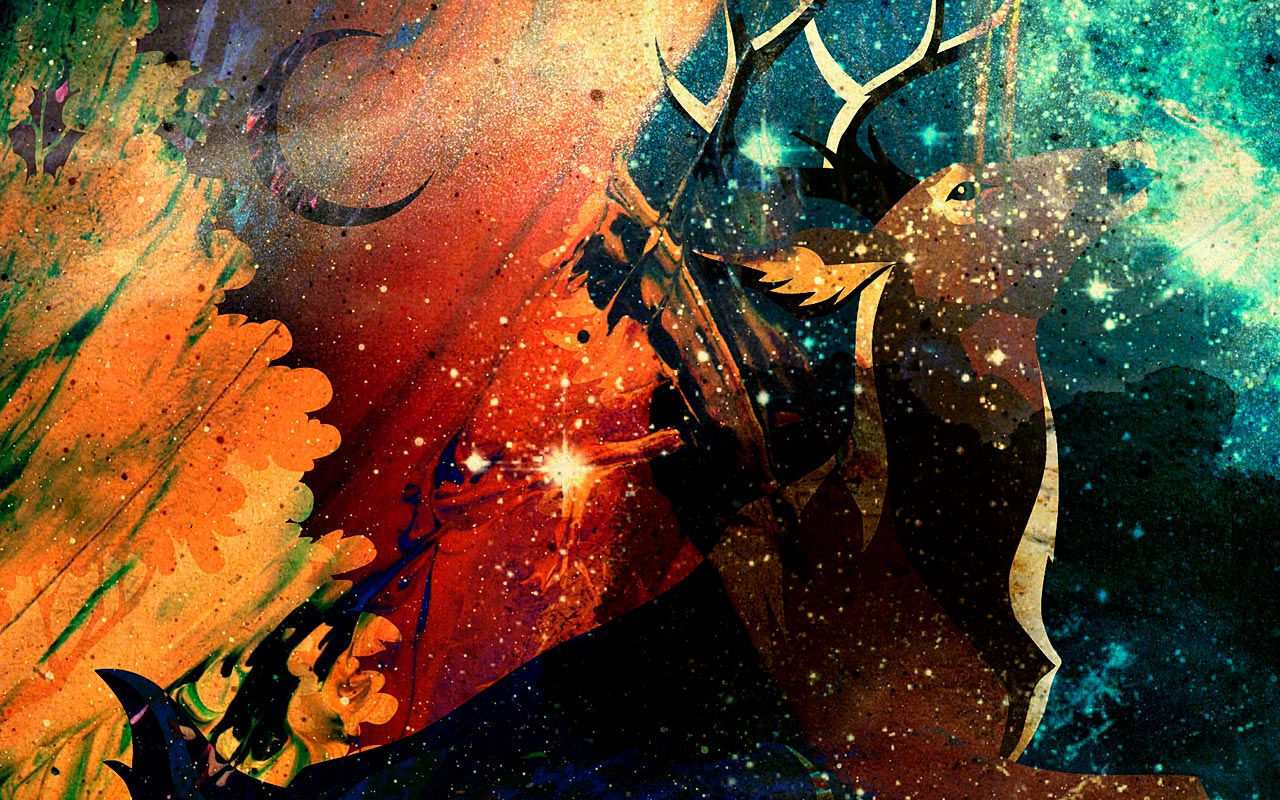Unleashing Creativity: Exploring Novels and Poetry
- Gavin Mills
- Oct 4
- 4 min read
Creativity is a powerful force. It can inspire, heal, and transform. In the world of literature, novels and poetry stand out as two of the most profound ways to express this creativity. Both forms allow writers to explore the depths of human experience, emotions, and imagination.
In this blog post, we will dive into the unique aspects of novels and poetry. We will explore how they differ, how they complement each other, and how you can unleash your own creativity through them.
The Essence of Novels
Novels are long-form narratives that tell a story. They can transport readers to different worlds, introduce them to unforgettable characters, and immerse them in intricate plots.
Structure and Length
A typical novel ranges from 50,000 to 100,000 words. This length allows for detailed storytelling. Authors can develop characters, build tension, and create complex settings.
Key Elements of Novels:
Characters: The heart of any novel. They drive the story and connect with readers.
Plot: The sequence of events that unfold. A good plot keeps readers engaged.
Setting: The time and place where the story occurs. It adds depth and context.
Genres of Novels
Novels come in various genres, each with its own appeal. Here are a few popular ones:
Mystery: Engages readers with suspense and intrigue.
Fantasy: Takes readers to magical realms and adventures.
Romance: Explores love and relationships in different forms.
Examples of Impactful Novels
Some novels have left a lasting impact on readers and society. For instance, "To Kill a Mockingbird" by Harper Lee addresses themes of racism and moral growth.
Another example is "1984" by George Orwell, which explores the dangers of totalitarianism. These novels not only entertain but also provoke thought and discussion.
The Beauty of Poetry
Poetry, on the other hand, is a more condensed form of expression. It uses rhythm, imagery, and emotion to convey feelings and ideas.
Structure and Form
Poems can vary greatly in length and structure. They can be as short as a few lines or span several pages. Common forms include sonnets, haikus, and free verse.
Key Elements of Poetry:
Imagery: Vivid descriptions that appeal to the senses.
Sound: The use of rhyme, rhythm, and meter to create musicality.
Emotion: Poetry often captures deep feelings in a few words.
The Power of Words
Poetry is unique in its ability to evoke emotions quickly. A single line can resonate deeply with a reader. For example, consider the famous line from Robert Frost's poem, "The Road Not Taken":
"Two roads diverged in a wood, and I— I took the one less traveled by."
This line speaks to choices and individuality, showcasing the power of concise language.
Examples of Influential Poets
Many poets have shaped the literary landscape. Emily Dickinson, known for her introspective and innovative style, often explored themes of death and immortality.
Another notable poet is Langston Hughes, a key figure in the Harlem Renaissance. His work reflects the struggles and joys of African American life.
Novels and Poetry: A Complementary Relationship
While novels and poetry are distinct forms, they can complement each other beautifully. Many authors incorporate poetic elements into their novels.
Blending Forms
For instance, novels may include poetic passages to enhance emotional depth. A character's internal monologue might read like a poem, capturing their feelings in a unique way.
Conversely, poets often draw inspiration from narrative techniques. A poem may tell a story, using characters and settings to convey a message.
The Impact of Combining Forms
Combining novels and poetry can create a richer reading experience. Readers may find themselves more engaged when a story is told with lyrical language.
Example of Blending:
A great example is "The House on Mango Street" by Sandra Cisneros. This novel is written in a series of vignettes, each with a poetic quality. The lyrical prose captures the essence of the protagonist's experiences.
Unleashing Your Own Creativity
Now that we have explored the worlds of novels and poetry, how can you unleash your own creativity? Here are some practical tips to get started.
Read Widely
Reading a variety of novels and poetry can inspire your writing. Explore different genres and styles.
Try classic literature: Authors like Jane Austen and Mark Twain offer timeless insights.
Explore contemporary works: Modern authors bring fresh perspectives and styles.
Write Regularly
Practice is key to developing your writing skills. Set aside time each day to write.
Journaling: Write about your thoughts and experiences. This can help you find your voice.
Poetry prompts: Use prompts to spark creativity. For example, write a poem about a memory or a place.
Experiment with Styles
Don’t be afraid to try different forms of writing.
Write a short story: Focus on character development and plot.
Compose a poem: Play with imagery and sound.
Join a Writing Group
Connecting with other writers can provide support and feedback.
Workshops: Participate in local or online writing workshops.
Critique groups: Share your work and receive constructive criticism.
The Journey of Creativity
Creativity is a journey, not a destination. Both novels and poetry offer unique paths to explore.
As you read and write, remember that every word you put on the page is a step forward. Embrace the process, and allow your creativity to flourish.

In the end, whether you find solace in the pages of a novel or the lines of a poem, the important thing is to keep creating. Your voice matters, and your stories deserve to be told.
So, pick up that pen, open your heart, and let your creativity shine. The world is waiting for your unique perspective.








Comments